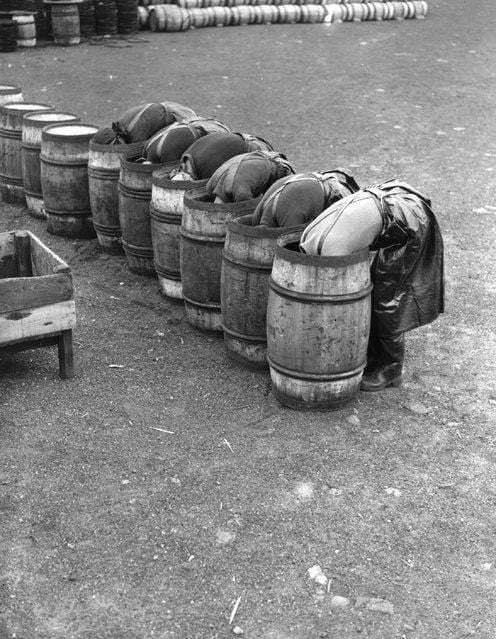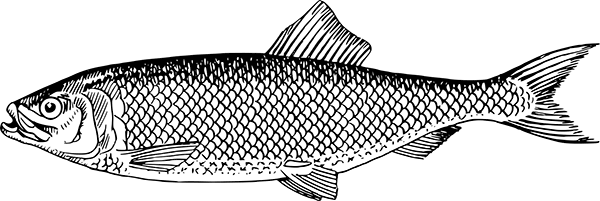On the nature of white herring, its international markets and its historical underachievement with the Great British public
WHITE HERRING
White Herring is the fish pickled in brine. It is also known as salt herring. Barrelled, this was the mainstay of the Skåne and Dutch fisheries. With huge markets in Germany and Russia, it was the main export from the British, the Norwegian and Icelandic fisheries.
In Britain, from the C18th it was the Scots who predominated in the production of white herring – in Scotland and in Great Yarmouth and other sites in the rest of the UK. Initially, the English lacked attention to detail – poor quality gutting and salting.
Although it was eaten extensively in England before The Reformation, people don’t seem ever to have taken white herring to their hearts. When they no longer had to fast on Fridays or during Lent, their appetite for it declined.
This might have been because of widespread poor quality, but there was also a resentment of it, due to an association with Catholic doctrine and, in particular, the suspected and overt popery of the Stuart kings.
There doesn’t seem to have been such a resentment of red herring, which was regarded as a good English product. This may have contributed to the popularity of the kipper and bloater.

See also
- BATTLE OF THE HERRINGS (1429)
- BALTIC HERRING
- BLOATER
- BUCKLING
- CANNING
- DRIED HERRING
- DUMAS ON HERRING
- FASTING
- FISH FINGERS
- GOLDEN HERRING
- GREEN HERRING
- HARENG SAUR
- HERRING BHURTA
- HERRING BUSS (TUNE)
- HERRING INDUSTRY BOARD
- HERRING LASSES
- HERRING UNDER A FUR COAT
- KIPPER
- LOCKMAN’S VAST IMPORTANCE
- NASHES LENTEN STUFFE
- PICKELHERING
- PROCESSION OF THE HERRINGS
- RED HERRING
- ROLLMOPS & BISMARCKS
- SALT
- SCHMALTZ HERRING
- SILVER HERRING
- SMITH, ADAM: WEALTH OF NATIONS
- SOVEREIGN OF THE SEAS
- SUFFERING SALTWORKERS OF SHIELDS
- SURSTRÖMMING
- RED HERRING
- RED HERRING JOKE, THE
- WEDGWOOD
- WILLIAMS, WILLIAM CARLOS: FISH
